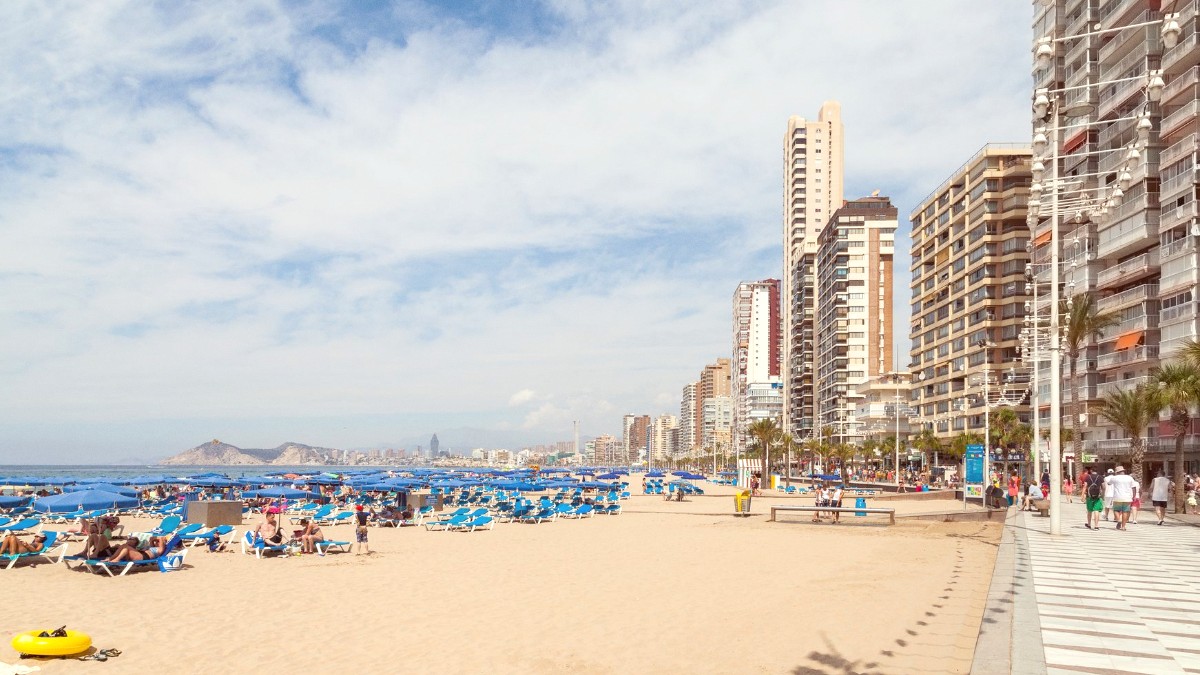
Andalucia, Spain
Tarifa is more than a dot on the map; it is a feeling. People stroll through narrow, cobblestone streets, finding hidden squares and inviting tapas bars. The town buzzes with energy, yet maintains a laid-back charm. Every day invites discovery, whether it involves riding the waves, spotting whales in the strait, or simply savoring fresh seafood as the sun sets over Africa. This guide offers information to plan a rewarding trip, making certain you experience the best of Tarifa.
The town's unique position brings a constant, refreshing breeze, making it an ideal place to escape summer heat found elsewhere in Andalusia. This same wind draws a diverse community of wind sports enthusiasts from across the globe, giving Tarifa its distinct international flair.
You will hear many languages spoken, and enjoy a blend of local traditions with global influences. The blend fosters an atmosphere both welcoming and exciting.
Tarifa is a coastal town in the province of Cádiz, part of the Andalusia region in southern Spain. Its geographical position is truly unique: it holds the title of the southernmost point of continental Europe. This location places it directly on the Strait of Gibraltar, a narrow body of water connecting the Atlantic Ocean to the Mediterranean Sea. The distance across the strait to the coast of Africa, specifically Morocco, is just 14 kilometers (9 miles) at its narrowest point, making Africa a clear presence on the horizon on most days.
The town's coastline stretches along both the Atlantic and Mediterranean. To the west, vast Atlantic beaches like Playa de Los Lances and Valdevaqueros feature golden sands, expansive open spaces, and consistent winds for kitesurfing. To the east, closer to the town center, Playa Chica faces the calmer Mediterranean, a swimming spot preferred by families. The Isla de Las Palomas causeway marks the exact meeting point, a visual demonstration of oceanic convergence.
A coastal park protecting diverse ecosystems, cliffs, dunes, and marine environments.
One of Spain's largest cork oak forests, offering rolling hills and woodlands.
A small island and causeway marking the confluence of the Atlantic and Mediterranean.
Well-preserved ancient city near Bolonia, a testament to Roman presence.
A narrow body of water connecting the Atlantic to the Mediterranean, separating Europe from Africa.
Beyond the immediate coastline, Tarifa is surrounded by natural parks that contribute to its scenic beauty. These natural areas set a beautiful backdrop to the town and present chances for hiking, birdwatching, and connecting with nature.
Vast beaches like Playa de Los Lances and Valdevaqueros characterize the Atlantic coast with golden sands, open spaces, and consistent winds for wind sports. These beaches face the open ocean, experiencing stronger waves and a more rugged, natural feel.
Playa Chica, near the town center, faces the calmer waters of the Mediterranean. This beach offers a different swimming experience, often preferred by families due to its gentler waves and slightly warmer water temperatures.
From the moment you arrive, Tarifa invites you to slow down, breathe deeply, and connect with its natural beauty and spirited community. Be ready for an experience that stays with you long after your return.
Tarifa boasts a history as rich and layered as its windswept landscapes, reflecting its unparalleled strategic position at the gateway between two continents and two seas. Evidence of ancient human presence dates back to prehistoric times, with cave paintings found in the nearby Sierra de San Bartolomé.
The area later saw settlements by the Phoenicians, skilled seafarers and traders who recognized the strait's commercial and strategic value. Following them, the Romans established a flourishing city nearby, Baelo Claudia, whose well-preserved ruins are a testament to their presence and influence.
Ancient cave paintings in Sierra de San Bartolomé mark early human presence.
Home to the Roman city of Baelo Claudia and a significant Moorish stronghold.
A commanding fortress from 960 AD, symbolizing Tarifa's contested past.
The town's name itself carries historical weight, believed to originate from Tarif ibn Malik, who led an exploratory raid in 710 AD before the main Moorish conquest. For centuries, Tarifa remained a frontier town, frequently contested, serving as an important stronghold that controlled access to the Mediterranean.
Tarifa embodies a free-spirited, bohemian vibe, drawing inspiration from its consistent winds and international community.
The energy feels relaxed, yet purposeful, with many visitors drawn by the promise of adventure.
Despite its popularity, Tarifa has maintained its authentic charm, steering clear of over-development.
The convergence of the Atlantic and Mediterranean at Isla de Las Palomas presents a distinct geographical phenomenon.
Consistent Levante (easterly) and Poniente (westerly) winds create ideal conditions for water sports.
On clear days, the African continent is a visible presence on the horizon, just 14 km across the Strait of Gibraltar.